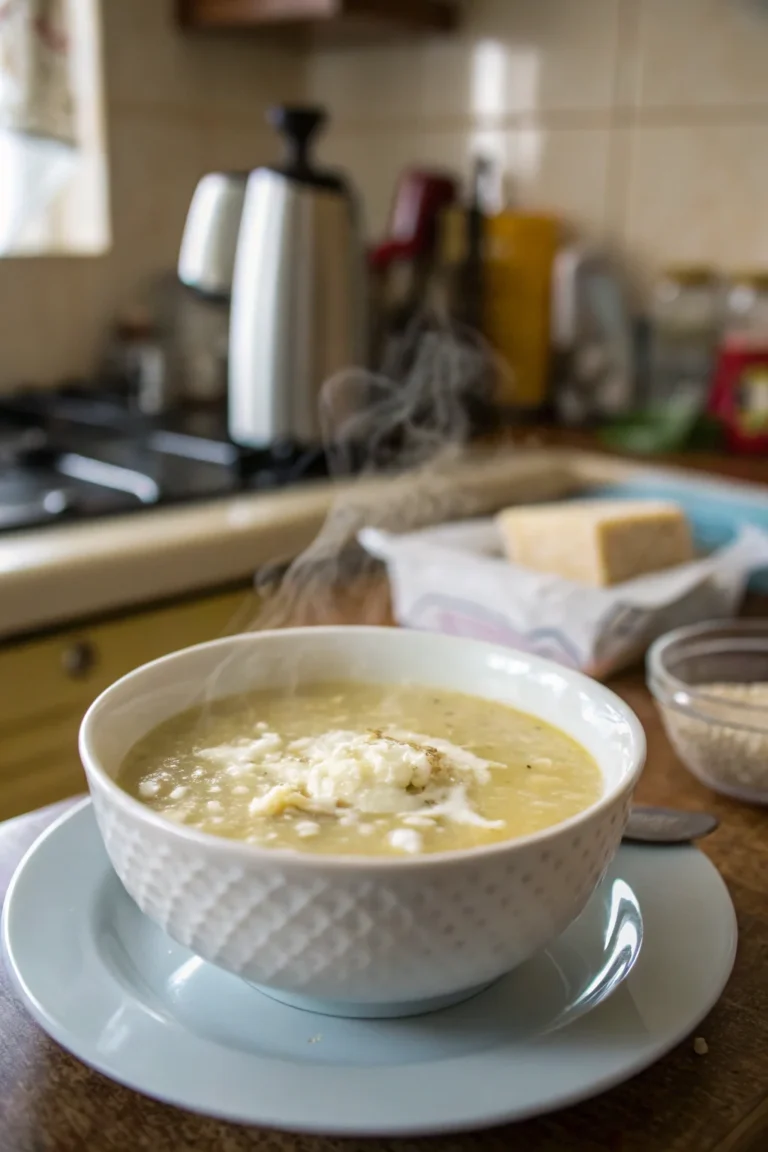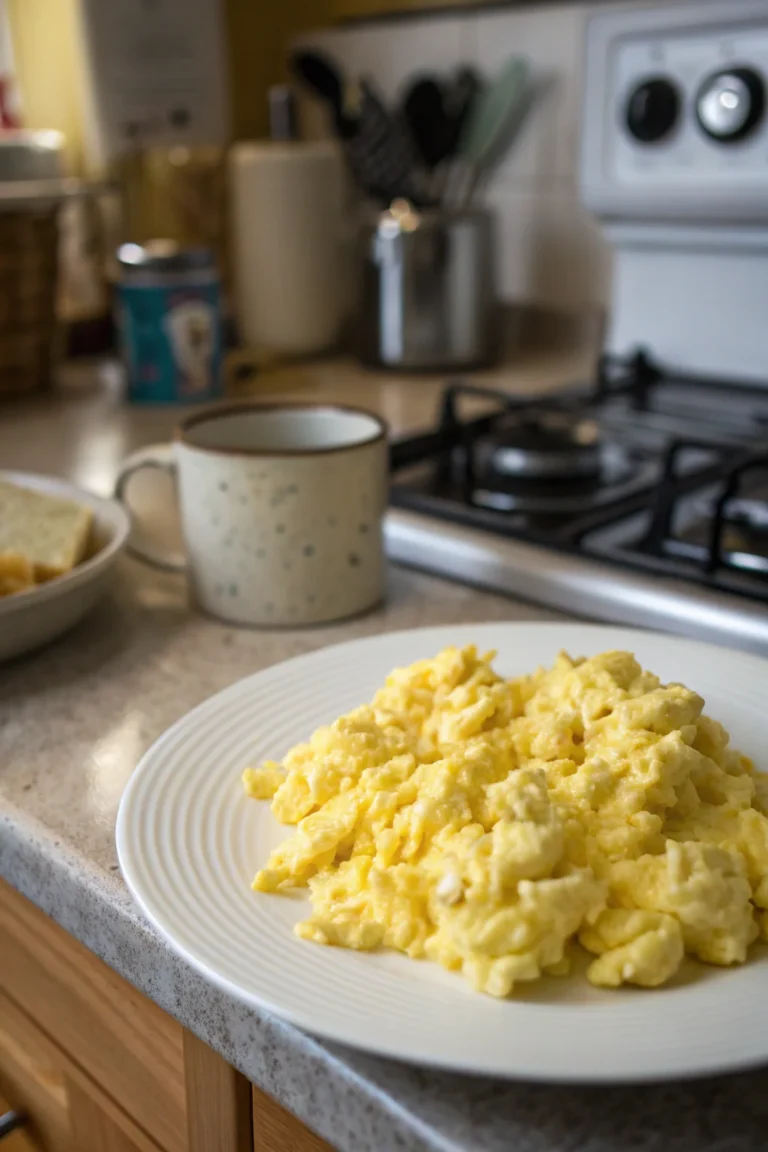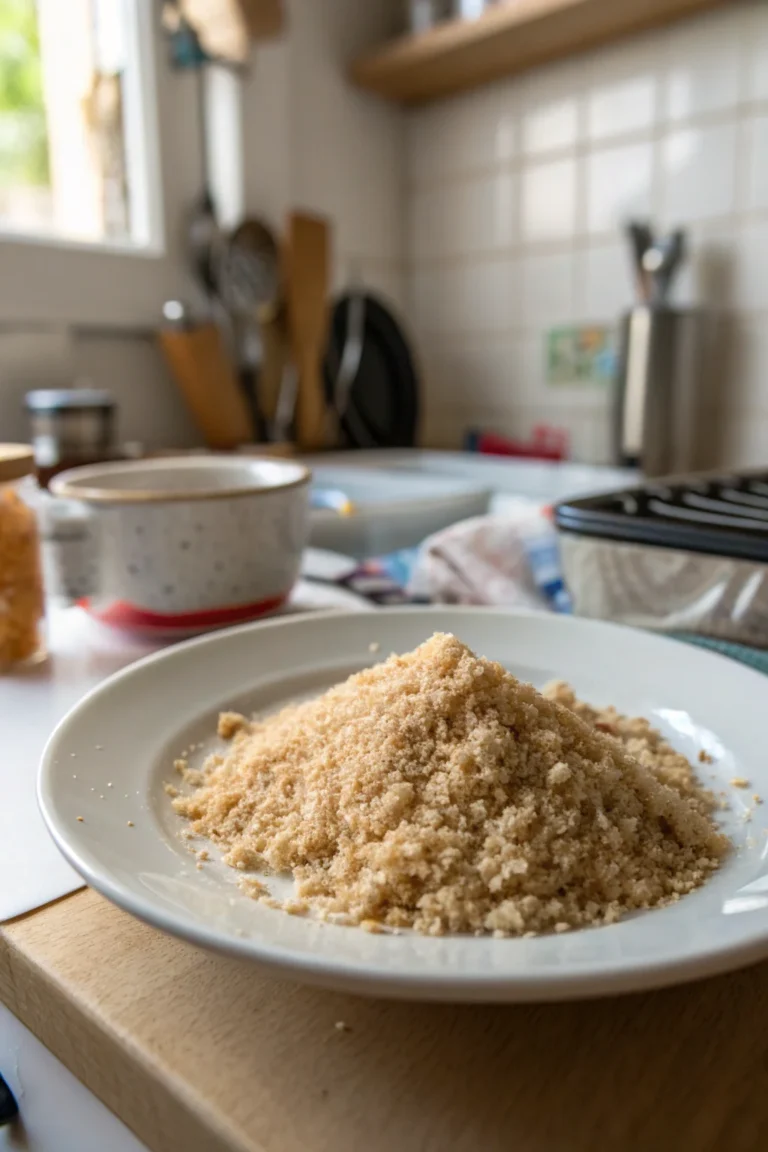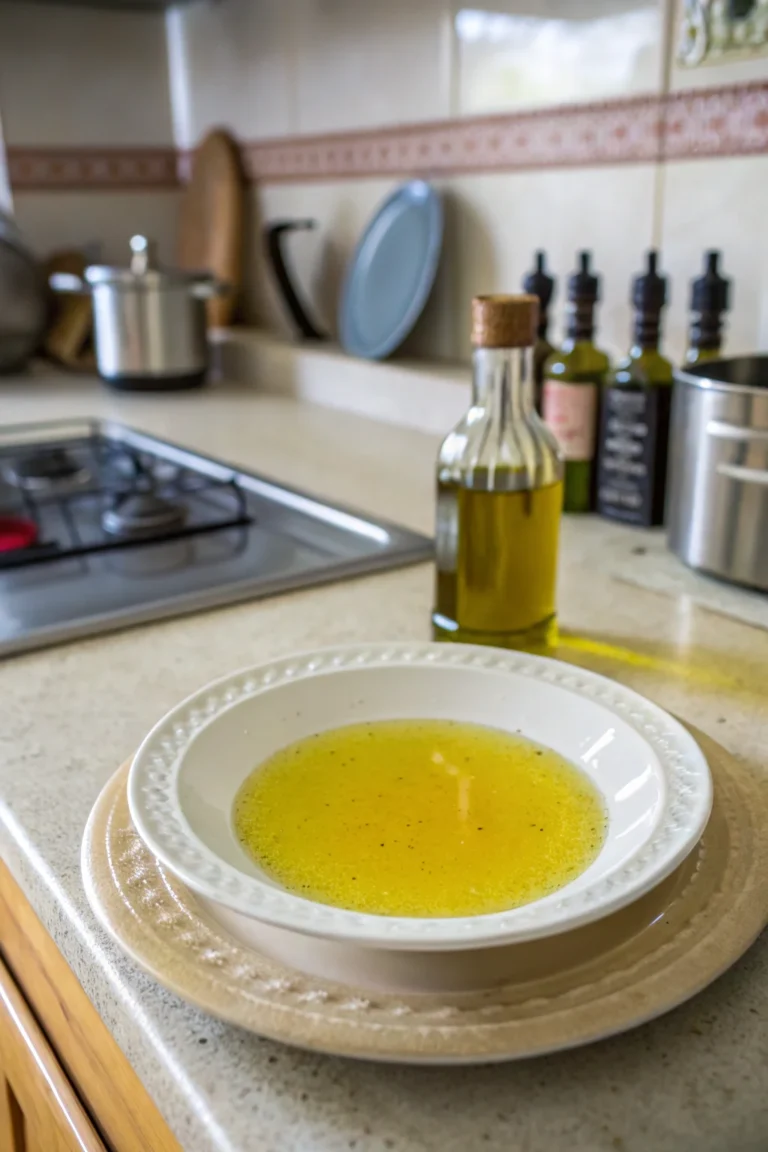Is Quinoa Keto-Friendly? | Complete Carb Breakdown
Quinoa is a popular grain-like seed that’s often praised for its nutritional benefits, but is it suitable for a ketogenic diet? The keto diet focuses on high-fat, low-carb intake to promote ketosis, a metabolic state where your body burns fat for fuel. In this article, we’ll explore whether quinoa fits into a keto lifestyle, providing a complete carb breakdown and answering common questions.
Table of Contents
What is Quinoa?

Quinoa is a seed that comes from the goosefoot plant, closely related to spinach and beets. It’s often used like a grain in cooking, and it’s known for being high in protein and fiber. These attributes make it a staple in many health-conscious diets, but its carbohydrate content raises questions for those following keto.
Quinoa’s versatility in cooking is one reason for its popularity. It can be prepared in a variety of ways, such as boiling, steaming, or even baking, and it absorbs flavors well, making it a great base for many dishes. The seed’s slightly nutty flavor and fluffy texture when cooked make it a favorite among chefs and home cooks alike.
Another appealing aspect of quinoa is its status as a complete protein, meaning it contains all nine essential amino acids that the human body can’t produce on its own. This is particularly beneficial for vegetarians and vegans who might struggle to get enough protein in their diets. Additionally, quinoa is a good source of essential minerals such as iron, magnesium, and zinc, and it contains several B vitamins, which are vital for energy production and brain health.
How Many Carbs Are in Quinoa?
A cup of cooked quinoa contains approximately 39 grams of carbohydrates. For those on a strict keto diet, which typically limits carbs to about 20-50 grams per day, this is a significant amount. Therefore, consuming quinoa requires careful planning or possibly avoiding it to maintain ketosis.
To put this into perspective, the carbohydrate content in quinoa is higher than some other foods considered more keto-friendly. For example, a cup of chopped broccoli contains only about 6 grams of carbs, while a cup of spinach has just 1 gram. This comparison highlights the challenge of fitting quinoa into a low-carb diet without exceeding daily carb limits.
If you’re attempting to incorporate quinoa into a keto plan, it’s crucial to measure portions precisely. Consider using a food scale to ensure accuracy, as even a slight misjudgment can lead to consuming more carbs than intended. Additionally, keeping a detailed food diary can help track your daily carb intake and make adjustments as necessary.
Is Quinoa Considered a Grain?
Quinoa is technically a seed, not a grain. However, it is often categorized as a pseudocereal because it is cooked and eaten like a grain. This distinction is important for those following gluten-free diets, as quinoa is naturally gluten-free. For keto dieters, the focus should remain on its carbohydrate content.
Understanding the classification of quinoa can also help in comprehending its nutritional profile. Unlike true grains, quinoa is higher in fat and protein, which can be beneficial in a keto diet if not for the high carb content. Those who are sensitive to gluten or have celiac disease can safely enjoy quinoa, which expands its utility in gluten-free cooking and baking.
Quinoa’s nature as a pseudocereal also means it possesses a unique nutrient profile compared to grains like wheat, rice, or corn. This includes a higher fiber content, which aids in digestion and can contribute to a feeling of fullness, potentially helping with weight management. However, for keto dieters, these benefits must be considered alongside its carb count.
Why Is Quinoa Popular in Healthy Diets?
Quinoa is rich in protein, fiber, and essential amino acids. It’s also a good source of vitamins and minerals like magnesium, phosphorus, and folate. These nutritional benefits contribute to its popularity among those seeking a balanced, nutritious diet. However, its carb content is a critical consideration for keto dieters.
Quinoa’s high fiber content is particularly beneficial for digestive health. Fiber acts as a prebiotic, nourishing the beneficial bacteria in the gut and promoting regular bowel movements. This can help prevent constipation, a common issue for those on low-carb diets. The fiber in quinoa also helps stabilize blood sugar levels, which is advantageous for maintaining energy levels throughout the day.
Moreover, quinoa’s rich antioxidant content, including flavonoids like quercetin and kaempferol, has been associated with anti-inflammatory and antiviral effects. These properties may contribute to reduced risk of chronic diseases such as heart disease and cancer. For those on a keto diet, incorporating foods high in antioxidants is important to combat any potential oxidative stress caused by the metabolic shift to ketosis.
Can Quinoa Be Eaten on a Keto Diet?

Consuming quinoa on a keto diet is challenging due to its high carbohydrate content. If you decide to include it, you must strictly limit portion sizes to stay within your daily carb limits. Consider using small amounts as a garnish or in low-carb recipes to enjoy its nutritional benefits without disrupting ketosis.
For instance, if you choose to add quinoa to a salad, use it sparingly—perhaps a tablespoon or two—to minimize carbs while still enjoying its texture and nutrients. Combining it with high-fat ingredients like avocados, olive oil, or nuts can help maintain the high-fat ratio needed for ketosis.
Another strategy is to incorporate quinoa into a meal as a side dish rather than the main component. This allows you to enjoy its benefits without significantly impacting your carb intake. For example, serve a small portion of quinoa alongside a protein-rich main course like grilled chicken or fish, paired with non-starchy vegetables for a balanced meal.
What Are Some Low-Carb Alternatives to Quinoa?
If quinoa doesn’t fit your keto plan, consider these low-carb alternatives:
Cauliflower Rice: Low in carbs and easy to season. It’s a versatile substitute that can mimic the texture of rice in many dishes. To prepare, simply grate or process cauliflower florets into rice-sized pieces and sauté or steam for a quick side dish.
Zucchini Noodles: A versatile, low-carb pasta substitute. Often referred to as “zoodles,” zucchini noodles can be made using a spiralizer or a julienne peeler. They can be served raw or lightly cooked, making them an excellent base for sauces or as a side dish.
Shirataki Rice: Made from konjac root, it’s very low in carbs. Shirataki rice has a unique texture and is almost calorie-free, making it a great choice for those on a keto diet. It comes pre-cooked and only needs rinsing and heating before serving.
These options can provide variety without compromising your keto goals. Experimenting with different seasonings and cooking methods can help make these alternatives more appealing and enjoyable.
Does Quinoa Have Any Keto-Friendly Nutrients?
While quinoa is high in carbs, it offers keto-friendly nutrients like protein and fiber, which can help with satiety. It also contains essential nutrients like magnesium and potassium, which are beneficial on a keto diet. However, these benefits must be weighed against its high carb content.
The protein in quinoa can be particularly beneficial for those who are active or looking to build muscle while on a keto diet. Protein is essential for muscle repair and growth, and getting enough can help maintain lean body mass while losing weight.
Magnesium and potassium are crucial electrolytes that are often depleted during the initial stages of a keto diet. Including foods rich in these minerals can help prevent symptoms of the “keto flu,” which include fatigue, headaches, and muscle cramps. If you choose to include quinoa for its mineral content, ensure it fits within your overall carb intake for the day.
How Does Quinoa Compare to Other Grains in Carbs?
Compared to other grains, quinoa has a moderate carb content:
- Brown Rice: About 45 grams of carbs per cup.
- White Rice: Roughly 53 grams of carbs per cup.
- Oats: Approximately 27 grams of carbs per half-cup serving.
While quinoa has fewer carbs than some grains, it’s still significant for keto dieters. This comparison highlights that while quinoa might be a better choice than some grains in terms of carb content, it still poses challenges for those adhering to a strict low-carb regime.
For those seeking a grain-based option on keto, aiming for smaller portions of the lowest-carb choices or considering grain alternatives like those made from nuts or seeds might be the best path forward.
How Can You Incorporate Quinoa on a Keto Diet?
If you choose to include quinoa in your keto diet, try these strategies:
Limit Portions: Use small amounts to keep carbs in check. Use quinoa as a minor component in dishes, balancing it with high-fat ingredients.
Combine with Low-Carb Foods: Pair with high-fat, low-carb ingredients like avocados or nuts. This can help maintain the overall macronutrient balance required for ketosis.
Use as a Garnish: Sprinkle on salads or soups for added texture. A small amount can provide a satisfying crunch and enhance flavor without significantly impacting your carb intake.
Maintaining balance is key to enjoying quinoa without disrupting ketosis. It’s also important to monitor your body’s response and adjust your intake as needed.
Are There Any Health Benefits of Eating Quinoa?
Quinoa offers several health benefits, such as:
- Complete Protein: Contains all nine essential amino acids.
- High Fiber: Promotes digestive health and satiety.
- Rich in Antioxidants: May help reduce inflammation.
These benefits make it a nutritious choice, but its carb content is a primary concern for keto followers. The complete protein profile makes quinoa a valuable food for those looking to enhance their diet with plant-based proteins, particularly in vegetarian or vegan diets.
The fiber in quinoa not only aids digestion but also helps regulate blood sugar levels, which can be beneficial for overall metabolic health. Meanwhile, antioxidants in quinoa, such as flavonoids, contribute to its anti-inflammatory properties, offering potential protection against chronic diseases.
What Are Common Mistakes When Eating Quinoa on Keto?
Avoid these common pitfalls if incorporating quinoa into your keto diet:
Overeating: Stick to small portions to avoid exceeding carb limits. Misjudging portion sizes can easily lead to consuming more carbs than intended.
Ignoring Carbs in Other Foods: Track all food intake to ensure total carb consumption remains low. It’s easy to overlook the cumulative effect of carbs from various sources.
Skipping Nutrients: Don’t neglect other essential nutrients while focusing on quinoa. Ensure a balanced intake of other low-carb, nutrient-dense foods.
Mindful eating and tracking can help maintain ketosis. Use apps or food diaries to keep a detailed record of your intake, helping you make informed decisions about your diet.
Can Quinoa Affect Ketosis?
Yes, eating too much quinoa can disrupt ketosis due to its carb content. Regularly consuming quinoa without careful portion control can lead to increased blood sugar levels, pulling you out of ketosis. Monitoring your intake and testing ketone levels can help manage this risk.
Being aware of your body’s signals and adjusting your diet accordingly is crucial. Regularly testing your blood ketone levels can provide insights into how your body is responding to dietary changes, allowing you to make necessary adjustments to maintain ketosis.
What Are Some Keto-Friendly Recipes with Quinoa?
While traditional quinoa recipes may not fit a keto diet, you can adapt them:
Quinoa Salad: Use a small amount of quinoa with leafy greens and healthy fats. Add ingredients like olive oil, lemon juice, and nuts for a refreshing, balanced dish.
Stuffed Bell Peppers: Mix quinoa with low-carb vegetables and cheese. Use it as a filling for bell peppers, topping them with cheese before baking for a satisfying meal.
Quinoa and Nut Mix: Combine with nuts and seeds for a crunchy topping. Use this mixture sparingly on salads or yogurt to add texture and flavor.
These adaptations help you enjoy quinoa’s benefits while staying keto-friendly. Always ensure that the portion sizes used keep your total carb intake within your daily limits.
Wrap-Up
Quinoa offers numerous health benefits, but its high carb content poses challenges for those on a keto diet. By understanding its nutritional profile and practicing portion control, you might incorporate quinoa without disrupting ketosis. For more keto-friendly food ideas, check out our keto snacks guide and explore recipes for low-carb meals. For additional information on quinoa, consider resources like Healthline and Harvard T.H. Chan School of Public Health.






